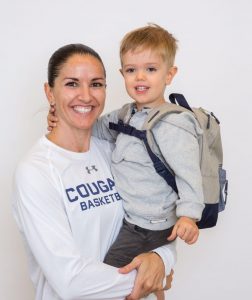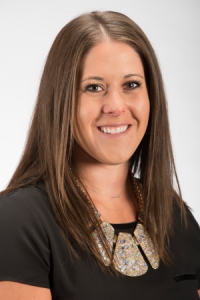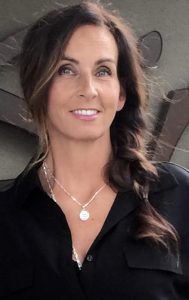The way it was
Just a few short years ago, new graduates had their pick of the crop in terms of employment opportunities. During this prosperous economic time some graduates were closing the door on volunteering. Instead they were opting to seek out employment opportunities that would secure the best financial rewards, and result in leveraging their careers within their chosen industry.
Times are changing
Today our focus is inevitably drawn toward the current global economic challenges: employment layoffs, home and business foreclosures, and the incredible toll it is taking on individuals and families. Whether you look to the Canadian, US, or the global market, it is reported that more new graduates and young people ages 18 – 30 are considering volunteering on a full time basis, and will be more likely to volunteer if rates of unemployment continue to increase.
According to a story posted by CBC: “The Class of 2015-2016 will have a particularly hard go of it, as graduates look for that job that will help launch them into their career. The economy has been hit by low oil prices and youth unemployment, at 13.3 per cent, it is double the overall rate. There are jobs, but it’s part-time work that’s on the rise.
Not all doom and gloom
Benham-Rennick says employers want to see that you have work experience — paid or unpaid. It can mean anything from sitting on a board, managing a front counter or managing a project. “They want to see people who can relate and interact effectively, so people who are critical thinkers and can maybe withhold judgment in order to understand a problem critically and work through challenges,” she says. “And they want to see people who can deliver.” Source; http://www.cbc.ca/news/canada/class-of-2015-5-ways-for-graduates-to-find-a-job-1.3012198
This is where volunteering comes in!
Volunteering offers benefits that will pay off in the long run:
- Contributing to society and the community in a meaningful way
- Donating time to a cause and/or charity that is important to you
- Providing services in your area of expertise
- Utilizing your time productively – common employment question, “what have you been doing since you graduated?”
- Developing new skills and honing your current skills
- Adding value to your marketability
- Getting a head-start in a highly competitive job market
- Developing experience to contribute to your resume
- Connecting with the community socially and developing future employment networks
Tips to make the most out of volunteering:
- It can be tough to give up your time and effort when you’re unemployed and/or actively looking for work. Money is tight right now, therefore, when you approach organizations to volunteer ask about what options might be available to reimburse you for out-of-pocket expenses, especially transportation and gas.
- With an increased number of nonprofit organizations looking for additional volunteer support, start by approaching organizations with a plan of action. Market yourself by clearly communicating what you would be willing to offer in terms of time, services and specialized skills.
- Explore volunteer opportunities right in your own backyard; your community requires support with local food banks, animal and rescue shelters, charities, youth services, crisis counseling hotlines, community closets, and more.
- Consider creating your own volunteer project. This is sometimes referred to as service leadership. Coordinate a group of friends, University peers, or family members and approach an organization with a plan to offer a volunteer service by leading the project from start to finish. Include documented outcomes (measurable timelines and achievements you will strive to meet, budgets required, volunteers required, time commitments, roles, qualifications).
- Considering volunteering with Mount Royal. Join an Alumni Chapter leadership team or ask Alumni Relations about other opportunities available.
- Use Career Services’ lists of company profiles and volunteer recruitment organizations to source out program related opportunities and key contacts in the nonprofit sector.
- Read the VOLUNTEERING TIP SHEET to learn more about how volunteer opportunities can work for you while you develop your career.
When we volunteer we’re giving back to others, but we often forget that we are also giving to ourselves. Regardless of the volunteer activity it is important you feel good about your role and the contribution you are making, whether it’s to an organization, person or cause. Remember, volunteering is one of the best ways to maximize your potential.
Check back for other great tips in our next career post!
Content adopted by David Babaganov, marketing and communications assistant, Career Services. Original article written by: Melody Choboter, Career Services, Mount Royal University. Editor: Patsy Valenzuela, Career Services Mount Royal University
Mount Royal Career Services offers services to graduates of Mount Royal University credit certificates, diplomas, bachelor degrees and applied degrees.








